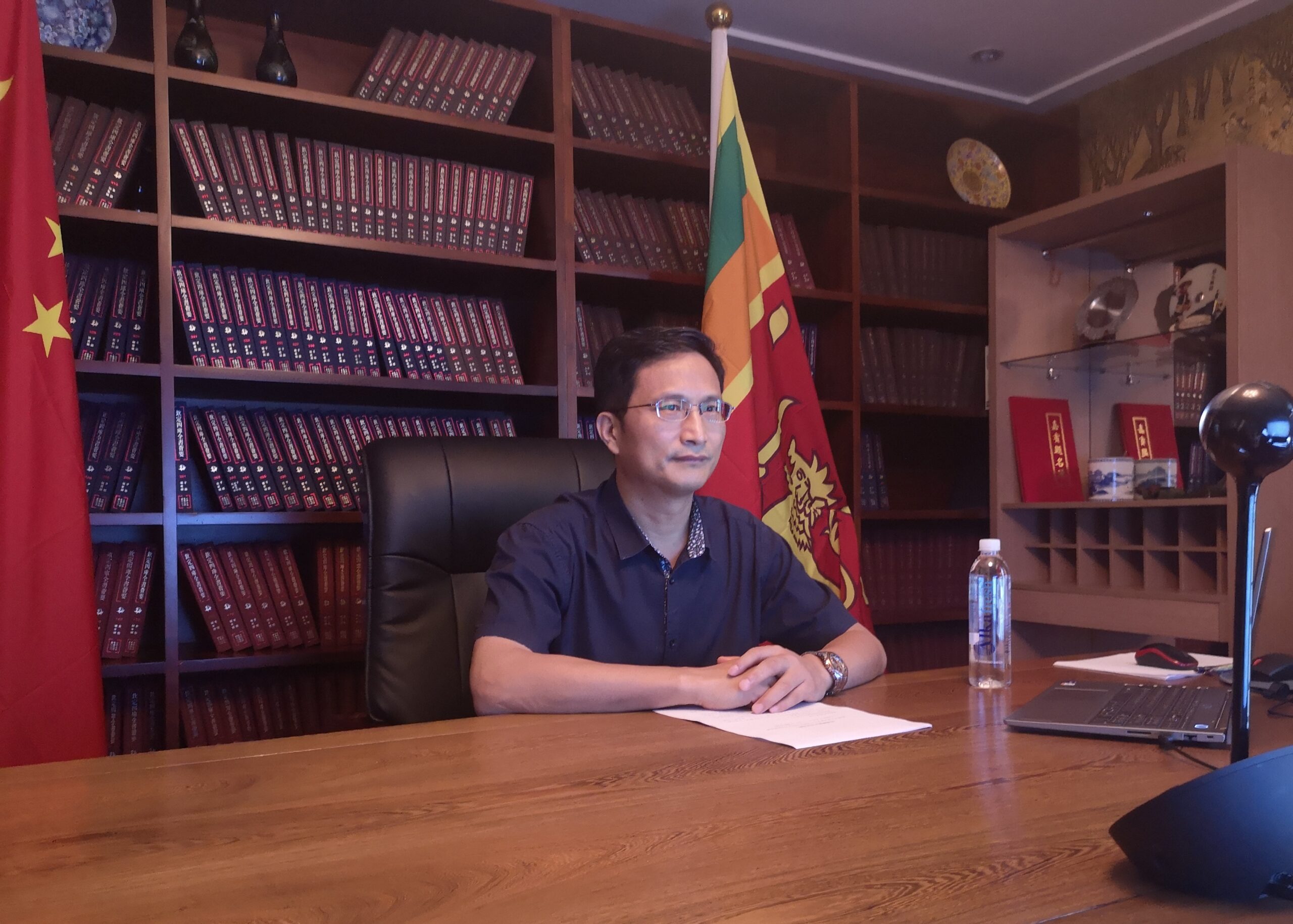
Sri Lanka’s worries are increasing as China has not agreed to debt restructuring modalities as per the International Monetary Fund’s requirements, which is essential for the multilateral funding organisation before it green signals a $2.9 billion bailout package to the crisis-hit island country in mid-December.
In October, Sri Lankan President Ranil Wickremesinghe told his country’s Parliament that initial talks with Chinese authorities on debt restructuring modalities would begin after Communist Party of China’s (CPC) weeklong National Congress was over. Almost bankrupt, Sri Lanka has suspended repayment of its $51 billion foreign debt. Of this foreign debt, it must repay $28 billion by 2027. Quoting Sri Lanka’s Ministry of Finance, Nikkei Asia said China is a top bilateral creditor, accounting for 52 per cent of the total foreign debt. It is followed by Japan accounting for 19.5 per cent of the total Sri Lankan debt.
On November 25, as per a tweet from the Chinese embassy in Sri Lanka, Chinese Ambassador to Sri Lanka, Qi Zhenhong met President Ranil Wickremesinghe and assured him of “China’s continued support to overcome current challenges today. They reviewed the progressive bilateral & multilateral negotiation on the Sri Lanka debt issue, and denounced misinformation by foreign media on China.”
This meeting took place a few days after the Chinese Ambassador’s talks with Sri Lankan State Finance Minister Shehan Semasinghe wherein he assured his country’s support on debt restructuring. The Sri Lankan State Finance Minister was quoted by Daily Mirror, a daily published from Colombo as stating that “during the meeting, the Chinese Ambassador emphasized that China, as a trustworthy friend, will always be on Sri Lanka’s side.”
But despite such assurances and two rounds of talks between Sri Lankan and Chinese
authorities on the debt restructuring issue, Beijing continues to be inflexible in its stand.
As per media reports, China is willing to consider a delay in repayment of the loans, but
not a haircut, which is a key requirement for the Sri Lankan government to get the bailout
package from the IMF. “China has not changed its stance on not accepting haircuts but
has indicated they may be willing to be more flexible on maturity extensions,” Reuters said in its recent report. In its recent report, Nikkei Asia too says that China prefers refinancing of loans or deferring repayments rather than restructuring and settling for loss-making haircuts.
The IMF has set a condition of debt haircut for Sri Lanka, requiring all the creditors,
including China, to voluntarily forgive an equal amount of debt. If China refuses to take
a haircut, the IMF will not be able to persuade other creditors to a haircut, which is must
for the multilateral funding organisation before it moves ahead with Sri Lanka’s bailout
package.
In April, China had expressed its apprehension over Colombo’s attempt to get a bailout
package from the IMF, stating that it would impact ongoing credit talks with Beijing. The
Chinese Ambassador to Sri Lanka who now keeps reiterating his country’s support to
the island country, had expressed unhappiness when Colombo suspended its debt
servicing for the first time in its history. “We cannot comment now on a possible loan to
Sri Lanka,” Qi Zhenhong told the media on April 25.
Between 2000 and 2020, China extended close to $12 billion in loans to Sri Lanka, funding
major infrastructure projects that later turned into white elephants. These projects
included Hambantota Port, which the Sri Lankan government finally handed over to
China under a 99-year lease in 2015 after it could not pay off loans. In 2008, China funded
$307 million, at an interest rate of 6.3 per cent, for the construction of the Port.
Mattala Airport, another white elephant project in Sri Lanka was constructed after
securing a $210 million loan from China. The loan for the project was also secured at a
very high interest rate. Magampura International Convention Centre was built at the
cost of $15.3 million. It too was built from the loan money secured from China at a high
interest rate. Declared open in 2013, the convention centre is serving no purpose today,
say several media reports. Likewise, the Lotus Tower was constructed after obtaining a
$67 million loan with a high interest rate from China. The $15 billion Colombo Port City
project, which is coming up on 269 hectares of land reclaimed from the Indian Ocean was
unveiled during a visit by Chinese President Xi Jinping in 2014. Beijing has so far invested
$1.4 billion to reclaim land for this yet another white elephant project.
Critics say that Sri Lanka did not budge while walking into China’s “dept trap”
diplomacy. According to The Washington Post, in 2020, Colombo received from China $3
billion in easy credit to help in the repayment of its existing loans. Sri Lanka opted for
this path rather than taking the more painful steps of restructuring its debts by seeking
loans from the IMF or the World Bank. The Sri Lankan leadership today rues for its
mistakes, but China is smart enough to dispel any criticism of its approach towards the
poor and vulnerable country.
Rather putting a brave face, China says China-funded projects have made important contributions to Sri Lanka’s economic development.


Post a Comment